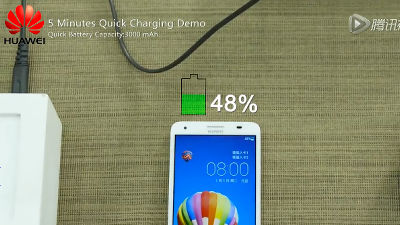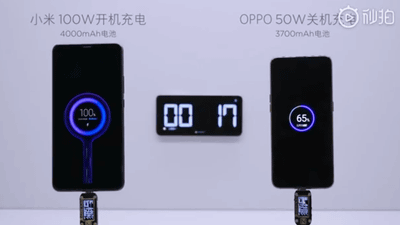What are the advantages of 'silicon carbon batteries,' which are increasingly being used in smartphones?
In recent years, some flagship smartphones have increasingly adopted 'silicon carbon batteries.' The Verge explains how silicon carbon batteries differ from conventional lithium-ion batteries and what their advantages are.
Phone batteries are getting more compact, but the US is missing out | The Verge
The flagship model 'Magic 8' series announced by Chinese smartphone manufacturer Honor in October 2025 is equipped with a battery of over 7000mAh, the largest among mainstream smartphones. This large battery capacity was achieved by adopting a 'silicon carbon battery' which has become popular in recent years.
The big advantage of silicon carbon batteries is that they can deliver more power with the same size cell. For example, Oppo's foldable smartphone, the Oppo Find N5 , is as thin as Samsung's Galaxy Z Fold 7 , but the battery capacity of the Find N5 is significantly larger at 5600mAh compared to the 4400mAh of the Galaxy Z Fold 7.
Honor and Oppo are not the only companies using silicon-carbon batteries; other manufacturers, including Huawei, Xiaomi, Vivo, OnePlus, and Nothing, have also released smartphones with silicon-carbon batteries. Meanwhile, major manufacturers such as Apple, Google, and Samsung have yet to adopt silicon-carbon batteries in their products.
The name 'silicon-carbon battery' may lead one to believe that it uses silicon and carbon instead of lithium, but in fact it is a type of lithium-ion battery. A battery is essentially made up of two electrodes,
However, silicon-carbon batteries use a mixture of silicon and graphite in the anode. Silicon has about 10 times the energy density of graphite, so even a small amount of silicon can have a significant effect. For example, Honor's foldable smartphone, the Magic V5 , replaces 15% of the graphite with silicon.
Battery manufacturers are racing to increase the silicon content of their anodes because increasing the amount of silicon increases battery capacity for the same area. The reason manufacturers aren't replacing all anodes with silicon is that silicon has a shorter lifespan than graphite.
While the battery is charging, the graphite anode absorbs lithium ions and expands slightly, while the silicon anode expands more. Repeated charging and discharging of the battery causes the anode to expand and contract repeatedly, ultimately damaging the battery structure and reducing battery life. Since smartphones with silicon-carbon batteries were first introduced in 2023, the impact of silicon on battery life is still unclear.
The Verge points out, 'This may be one reason why Apple, Samsung, and Google haven't yet entered the silicon-carbon battery market. All three companies tout long-term product support, so switching to a battery that could potentially die prematurely is not a good idea for them. Furthermore, EU regulations require smartphone batteries to retain 80% of their capacity after 800 charging cycles. Silicon battery manufacturer Group14 claims its batteries meet this standard, but major tech companies remain cautious.'
Looking ahead, The Verge predicts that the silicon content will continue to rise until it exceeds 20% and reaches a point of diminishing returns . 'The real question is whether and when Apple, Samsung, and Google will enter this technology,' they said. 'Some of the silicon-carbon battery developers are looking to increase the silicon content, while others are exploring ways to mitigate the drawbacks. Just as they have delayed the introduction of fast charging technology, they are likely trying to determine whether they can minimize the compromises.'
Related Posts:






